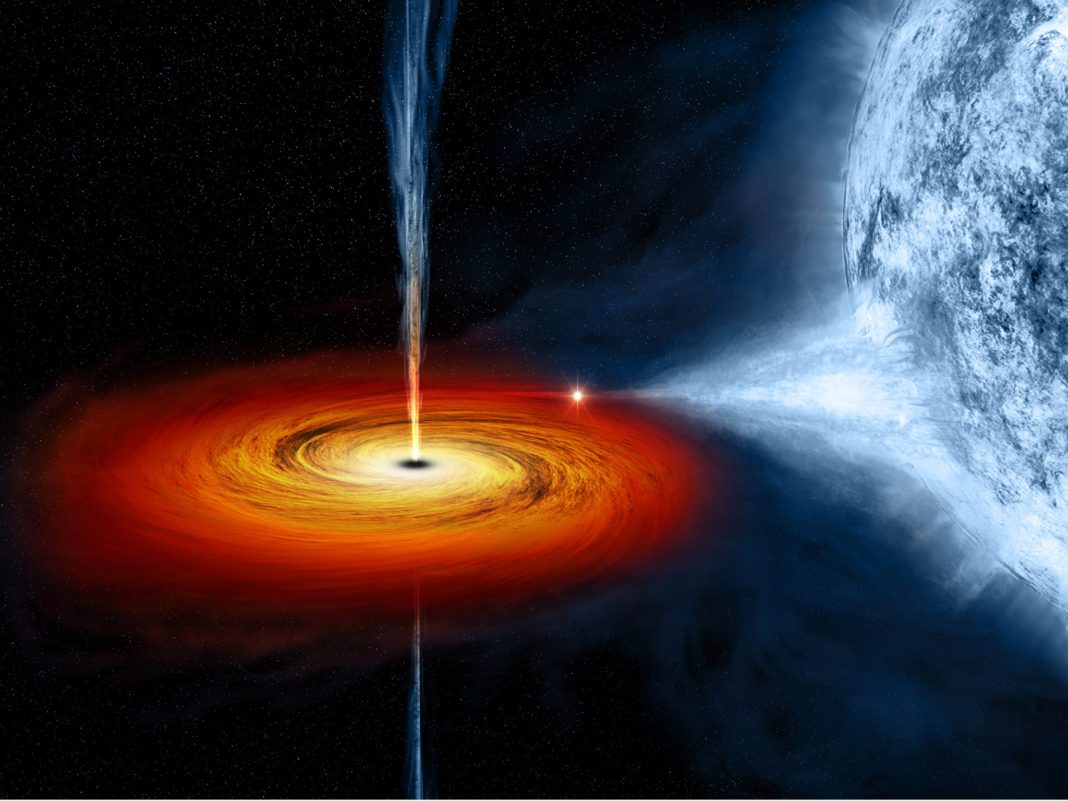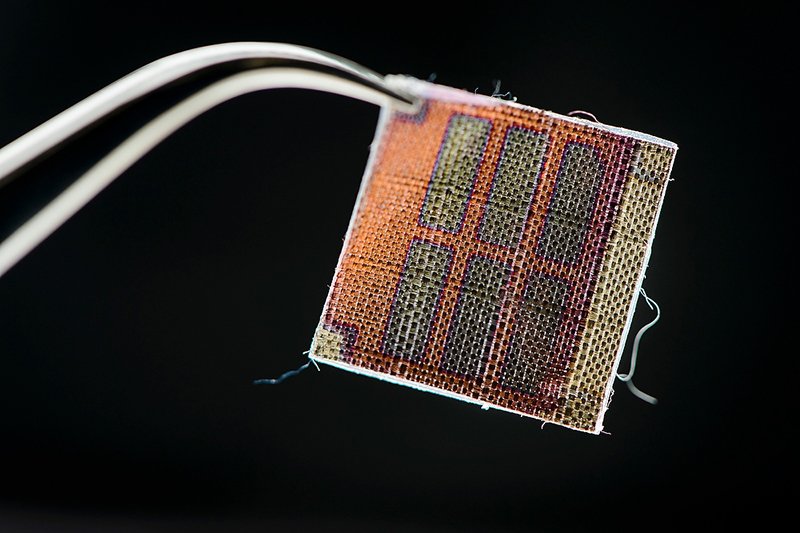Black holes are regions of spacetime that have a gravitational pull that is so strong they simply suck things up like in a game of Pacman as anything gets near it, including stars. This event is called a stellar tidal disruption and after the star is sucked up, an incredible amount of energy is spat back out, brightening the sky around, it in something we call a flare. Up until recently, astronomers knew very little about flares, but now, with thanks to NASA’s Wide-field Infrared Survey Explorer (WISE) new insights have been gained.
Sjoert van Velzen is a postdoctoral fellow at John Hopkins University, Baltimore and he commented, “This is the first time we have clearly seen the infrared light echoes from multiple tidal disruption events.” So, it is very exciting times for the researchers as the explore further this space phenomenon. The way in which WISE works is by measuring the infrared emission from the dust that is seen near a black hole. This in itself gives clues as to the nature of the dust. And while infrared wavelengths are not visible to the naked eye, WISE captures the entire sky’s data every six months, collecting measurements each time.
–
The dust was characterized using a technique called “photo-reverberation” or “light echoes” which worked by measuring the delay between the first optical light flare and the subsequent infrared light variation. The distance between the black hole and the dust can then be determined from the time delay. From the study, researchers found that the infrared emission that comes from the dust causes an infrared signal that can be seen for as long as one whole year after the flare is at its brightest.
More News To Read











